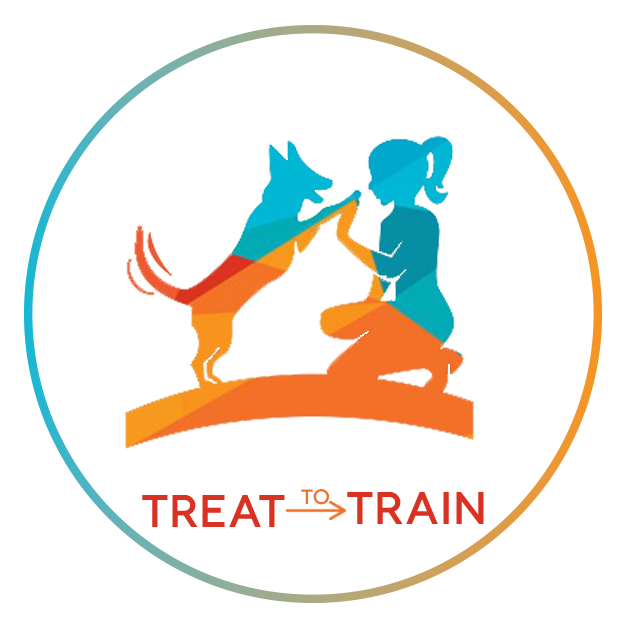Exercise, Puppies and Growth Plates: How much exercise should a puppy get
Puppies are little, active, cute bundles and because they can be so busy, we often don’t realise that it is possible to over exercise them! Exercise is also often used as a way to get some peace and quiet in the house but that’s really not a good idea!
Besides the fact that over exercising you puppy isn’t good for their behavioural and emotional heath, its also not great for their physical health. It sounds counterintuitive but we have our puppy’s growth plates to think of. Most people don’t know that a puppies growth plates are still developing, and one can really cause damage.
Growth plates are areas of cartilage that develop at the end of long bones of a dog’s legs. As a puppy ages, these growth plates close (i.e. harden, calcify, and become denser) but before then, they are very vulnerable to injury! They typically close between 4-24 months of age depending on breed. The larger breeds tend to develop at a slower rate. Too much exercise, repetitive, hard impact movements are the main culprits. The injuries or fractures can then lead to problems with healing which can lead to developmental deformities of the legs or joints or even lead to growth plates that are not fully developed.
The damaged plate can cause the one bone to stop growing but the opposite bone will still develop normally with can lead to bow legs or awkward moving gait. These will likely be life long and often leads to a range of secondary problems such as early onset arthritis.
So to the question that everyone has… How much exercise can my puppy get?
As your puppy ages and grows, this answer changes but there are a few things you can keep in mind. How much is very dependant on the type if activity your puppy does. A slow walk that is low impact can be done more often. High-impact, exciting play with loads of quick repetitive turns and motions, should be discouraged.
Your puppy should not be doing sports like flyball and agility while they are still developing. Once they are over a year, they can be eased into training. Skills for these sports are however different so starting times may vary but in general, avoid quick turns and repetitive movements as much as possible. Many trainers’ advice starting the sports around 6 months but during the period of 4-6 months, a puppy’s growth plates are actually going through their largest, fastest period of growth and trying to harden off and are at a higher risk of injury.
Games of fetch should definitely be avoided, there are so many other activities you can do with your puppy- activities that are a lot safer than playing fetch.
Never push your puppy to the point of being over tires, their muscles are then not able to help by contracting to hold and protect their skeleton. I prefer low-impact sniffy walks for puppies, focusing on short socialization trips and building life-skills. Trust me, there’s an endless amount of things you can do with your puppy besides going for a run around the neighborhood. Focus on mental stimulation and exercise your puppy’s brain instead!


